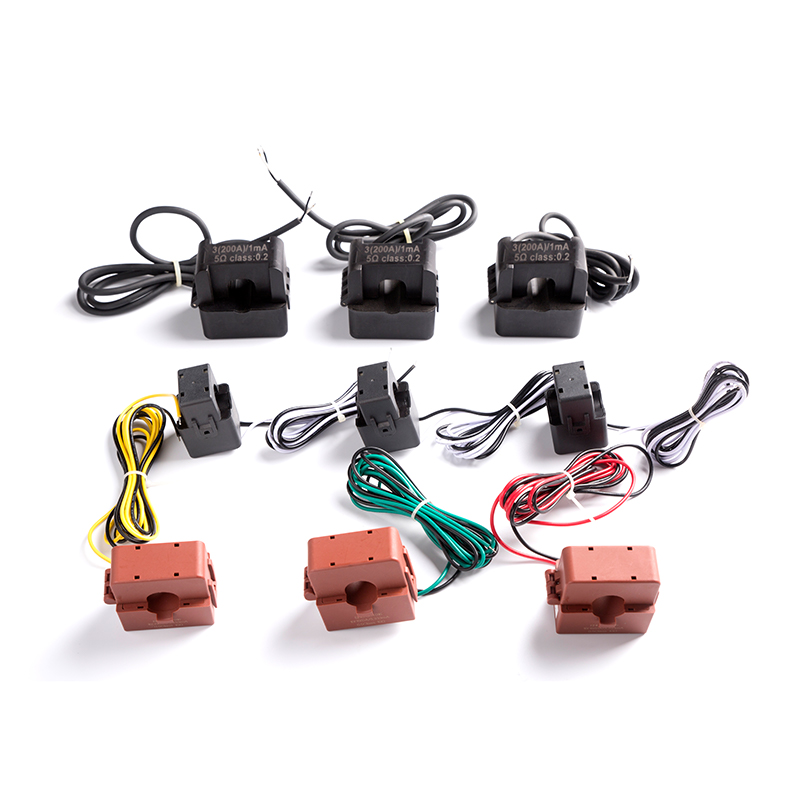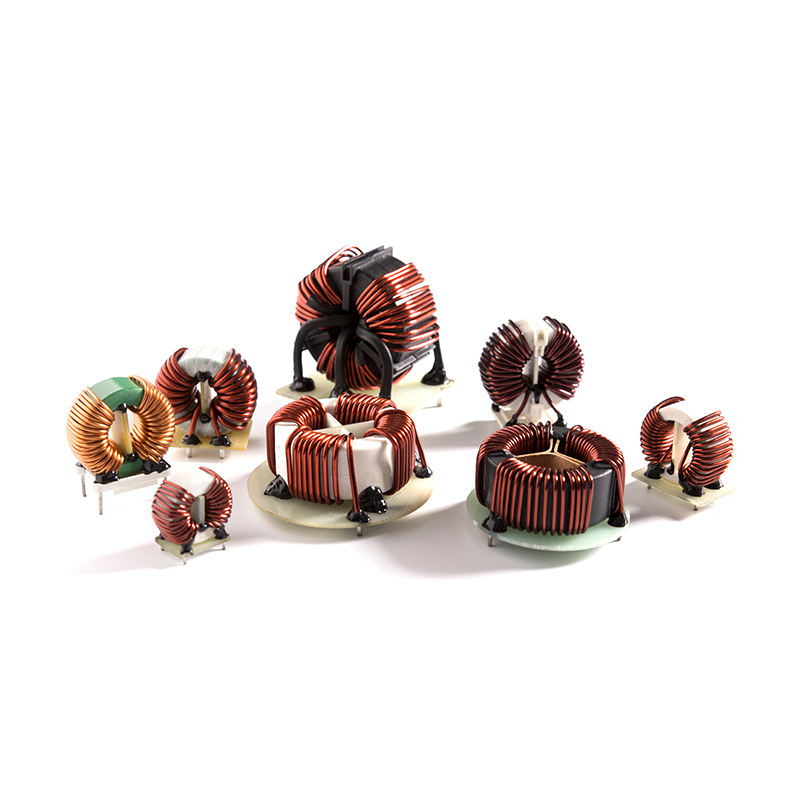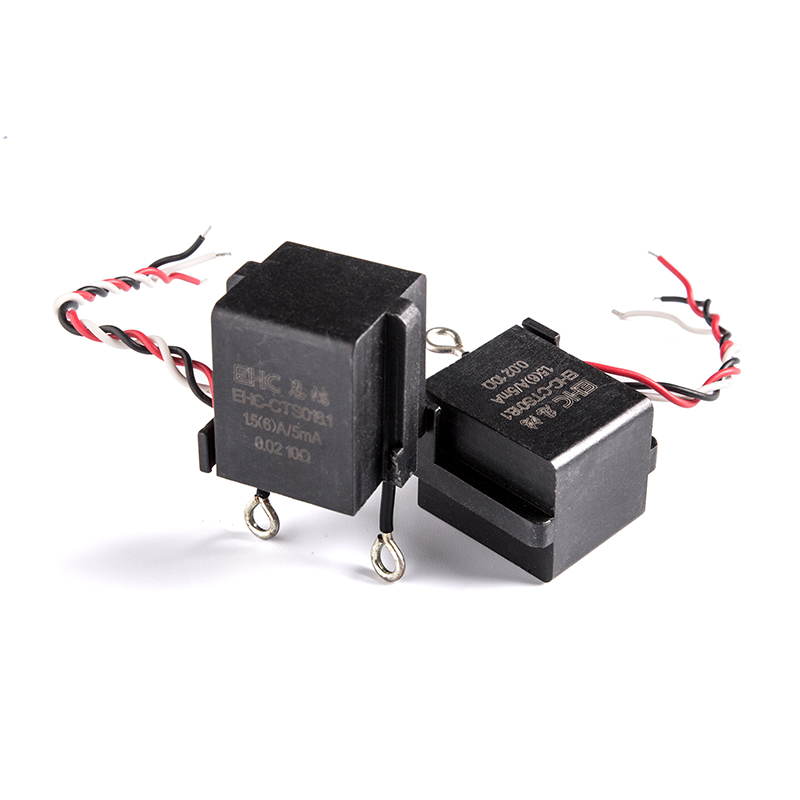The turns ratio in a current transformer (CT) is a fundamental concept that describes the relationship between the number of turns of wire in the primary winding and the number of turns in the secondary winding. It is a critical parameter that determines the CT's ability to step down the primary current and produce a proportional secondary current.
The turns ratio is usually represented as:
Turns Ratio (N) = Number of Turns in Secondary (N_s) / Number of Turns in Primary (N_p)
In this equation:
N represents the turns ratio.
N_s is the number of turns in the secondary winding.
N_p is the number of turns in the primary winding.
Key points to understand about the turns ratio in a CT:
Transformation Ratio: The turns ratio is essentially a transformation ratio that defines how much the primary current is reduced in magnitude to produce the secondary current. For example, if the turns ratio is 1:100, it means that for every 100 amperes (A) of current in the primary winding, the CT will produce 1 ampere of current in the secondary winding.
Current Step-Down: current transformers are designed to step down high primary currents to a more manageable level for measurement or protection purposes. The turns ratio directly determines this step-down factor.
Current Rating: The turns ratio, along with the number of turns in the primary, is used to specify the CT's current rating. For instance, a CT with a 1000:1 turns ratio and a primary winding with 1000 turns is often rated for a primary current of 1000 A.
Accuracy: The turns ratio is a crucial factor in determining the accuracy of a CT. Precise control over the number of turns in the windings is necessary to achieve accurate current measurement and maintain the CT's performance within specified accuracy limits.
Voltage Ratio: The turns ratio also corresponds to the voltage ratio in the CT. Since voltage across a winding is directly proportional to the number of turns in that winding, the voltage ratio is the inverse of the turns ratio. For example, a CT with a 1000:1 turns ratio has a voltage ratio of 1:1000.
Polarity: The direction of current flow in the secondary winding is determined by the polarity of the turns. The turns ratio also dictates the polarity relationship between the primary and secondary currents, which is important for proper phase and direction information in protection and measurement applications.

 English
English 中文简体
中文简体 Deutsch
Deutsch 日本語
日本語

 View More >>
View More >> View More >>
View More >> View More >>
View More >> View More >>
View More >> View More >>
View More >> View More >>
View More >> View More >>
View More >> View More >>
View More >>